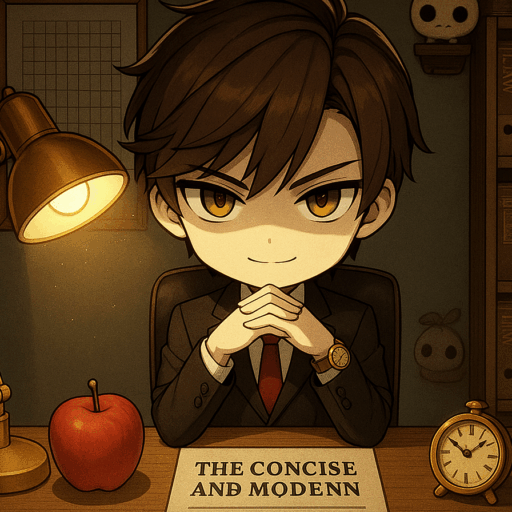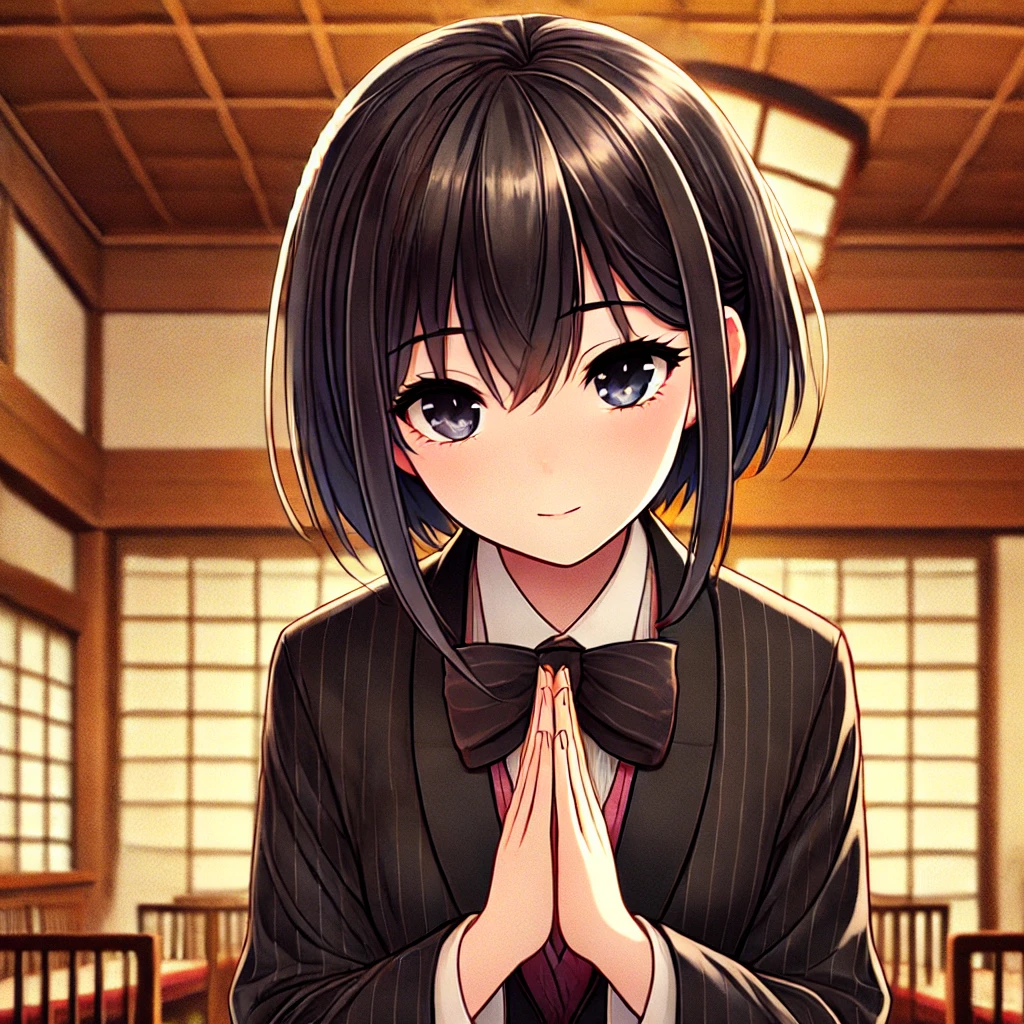Key Points and Considerations for Attendees
In Japan, funerals can differ greatly depending on religious traditions. This article introduces a unique funeral style from the Soka Gakkai faith, known as the Friend’s Funeral (Yūjin-sō). By learning the basics in advance, attendees can approach the ceremony with confidence and clarity.

Introduction
A Friend’s Funeral in the Soka Gakkai tradition is a ceremony that honors the faith and life of the deceased. Unlike many traditional Buddhist funerals in Japan, this service does not involve Buddhist priests, nor does it include the bestowal of a Buddhist posthumous name. Instead, Soka Gakkai members take a central role, offering heartfelt prayers and speeches that highlight the deceased’s faith and personal achievements.
One of the defining aspects of a Friend’s Funeral is its flexibility; it does not adhere strictly to conventional rites and can adapt to the needs and wishes of the family and attendees. This inclusive approach makes it easier for people of different religious backgrounds to attend without feeling pressured to follow unfamiliar rituals.
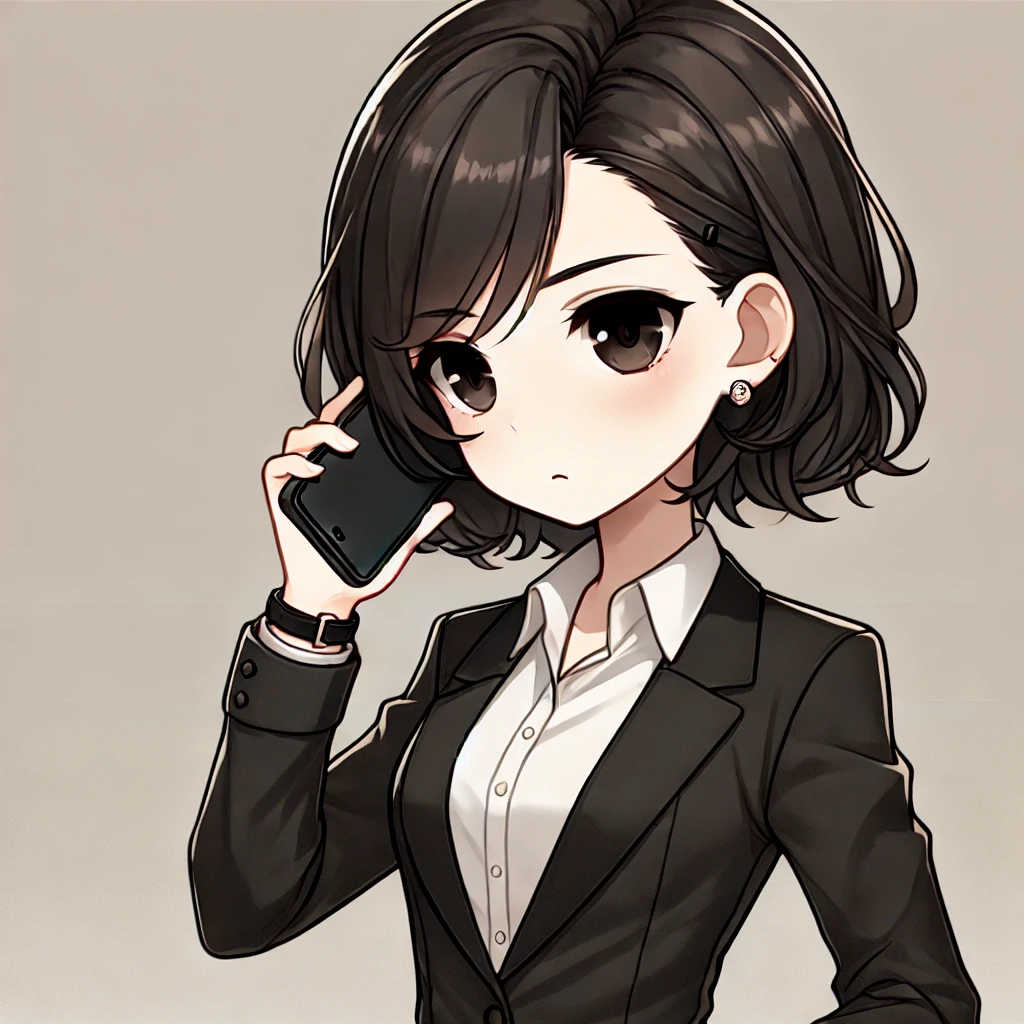
Considerations for Non-Soka Gakkai Attendees
If you practice a different faith, or if you have never attended a Friend’s Funeral before, you may be unsure of what to expect. However, rest assured that a Friend’s Funeral is designed to be inclusive and considerate. You are not required to participate in any specific religious practices. For instance, if there is a period of chanting (known as chanting Daimoku, or repeating the phrase Nam-myoho-renge-kyo), simply sitting quietly with your own personal thoughts or silent prayers is perfectly acceptable.
To feel more comfortable:
- Ask in advance about the ceremony’s flow and any dress code requirements.
– Typically, attendees wear black or dark formal attire. - During the chanting, you may quietly observe or close your eyes in silent reflection.
– No one will force you to chant or follow Soka Gakkai rituals. - Remember that your presence and sincere condolences mean the most.
Purpose and Significance of a Friend’s Funeral
The central goal of a Friend’s Funeral is to celebrate the life and faith of the deceased and offer support to the grieving family. This gathering serves as a space for everyone—regardless of religious background—to come together in respect and remembrance of the loved one who has passed.
For the bereaved family, it can be a deeply healing experience. Hearing stories and tributes from friends, relatives, and Soka Gakkai members helps them reflect on cherished memories and find comfort, enabling them to take the next step forward with renewed strength.

Main Features of a Friend’s Funeral
- No Priest Officiation
– Soka Gakkai members, rather than Buddhist priests, lead the ceremony. - High Degree of Flexibility
– It may include photo slideshows, musical performances, or personal tributes to honor the individual’s unique life and interests. - Focus on Shared Participation
– Everyone is encouraged to join the chanting of Nam-myoho-renge-kyo, though participation is purely voluntary. - Warm and Open Atmosphere
– The ceremony avoids formality for formality’s sake, aiming for a comforting environment that invites genuine participation.
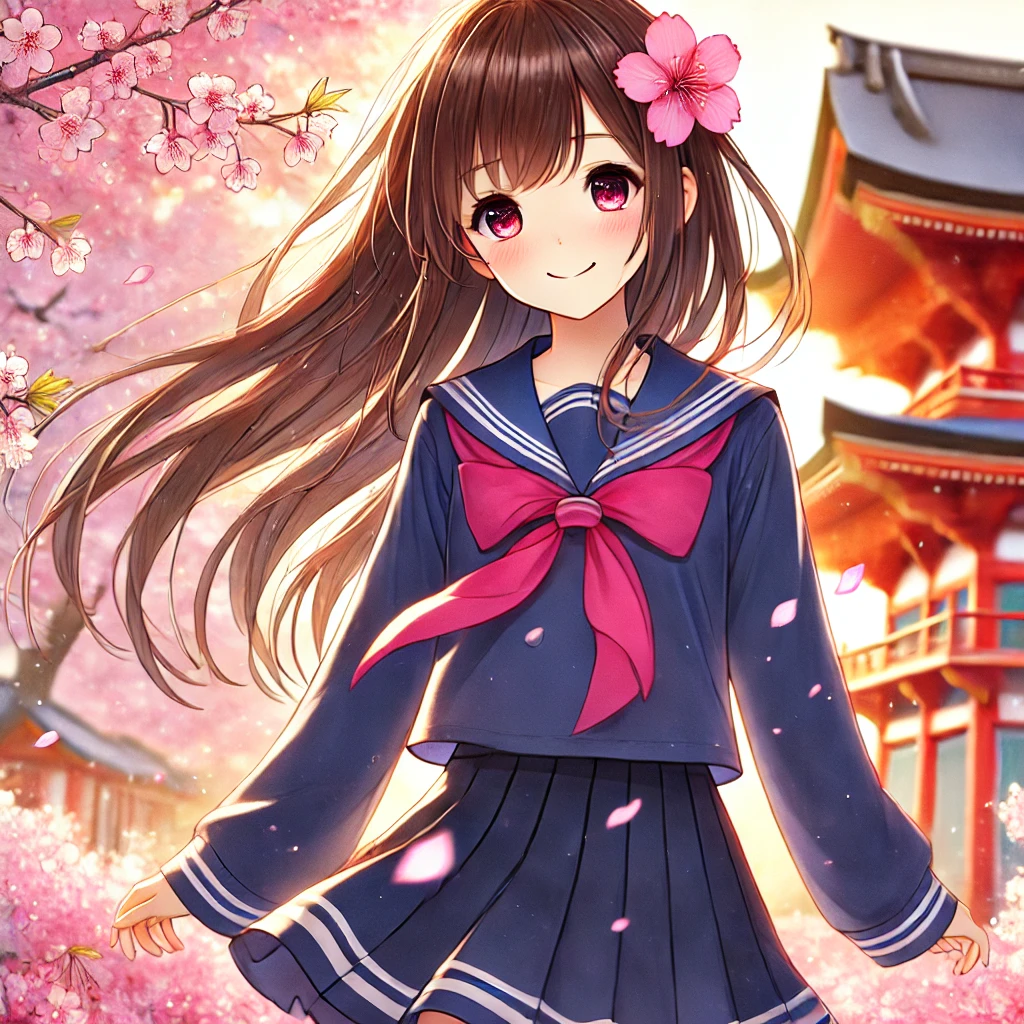
Typical Flow of a Friend’s Funeral
- Opening Remarks
– A designated Soka Gakkai leader or a family member offers words of remembrance, highlighting the deceased’s life journey and contributions. - Chanting and Recitation
– The gathered participants chant Nam-myoho-renge-kyo and recite selected portions of the Lotus Sutra. This collective prayer unifies everyone’s thoughts in honoring the departed. - Eulogies and Personal Tributes
– Family, friends, and Soka Gakkai representatives share stories, reflections, and heartfelt memories of the deceased. - Address by a Soka Gakkai Leader
– A leader from the organization speaks about the individual’s faith and activities within the group, emphasizing the influence they had on the community. - Collective Chanting
– Attendees once again join in chanting Nam-myoho-renge-kyo, offering a final tribute of prayer and solidarity. - Closing Remarks
– The ceremony concludes with words of gratitude from the bereaved family and Soka Gakkai leaders. Sometimes light refreshments are offered afterward, providing an opportunity for attendees to share memories and offer condolences.

Practical Advice for Non-Soka Gakkai Attendees
Below are several pointers to help you feel more at ease:
- No Need to Force Unfamiliar Rituals
– You are welcome to observe silently or say your own prayers during any religious portions of the service. Simply closing your eyes for a moment of quiet reflection is a meaningful way to pay your respects. - Confirm the Schedule and Process in Advance
– If you receive an invitation, check the ceremony details (start time, expected duration, etc.) and any dress code guidelines. This reduces uncertainty on the day of the funeral. - Dress Appropriately
– Just like other funerals, it is customary to wear black or dark-colored formal attire, and to keep accessories and makeup simple. - Focus on Honoring the Deceased
– Regardless of religious differences, the act of remembering, appreciating, and praying for the person who has passed is what matters most. Take the time to reflect on their life and, if you wish, share anecdotes or sentiments with the bereaved family afterward.
Considerations for the Soka Gakkai Organizers
A Friend’s Funeral aims to welcome all attendees with openness. To ensure everyone feels comfortable, Soka Gakkai members often make special efforts, such as:
- Providing Clear Explanations
– Offering a brief overview (via invitations, pamphlets, or an introduction at the ceremony) helps newcomers understand the service’s structure and significance. - Flexible Program Flow
– While chanting and group prayers are central, organizers typically do not pressure anyone to participate. This respects each attendee’s comfort level. - Thoughtful Venue Selection
– Choosing a location with good accessibility, adequate parking, and suitable facilities can significantly improve the overall experience—especially for those traveling from a distance or with mobility challenges. - Accommodations for Different Faiths
– Providing personal or quiet spaces for prayer and reflection is a considerate gesture, ensuring attendees from all religious backgrounds feel welcome.
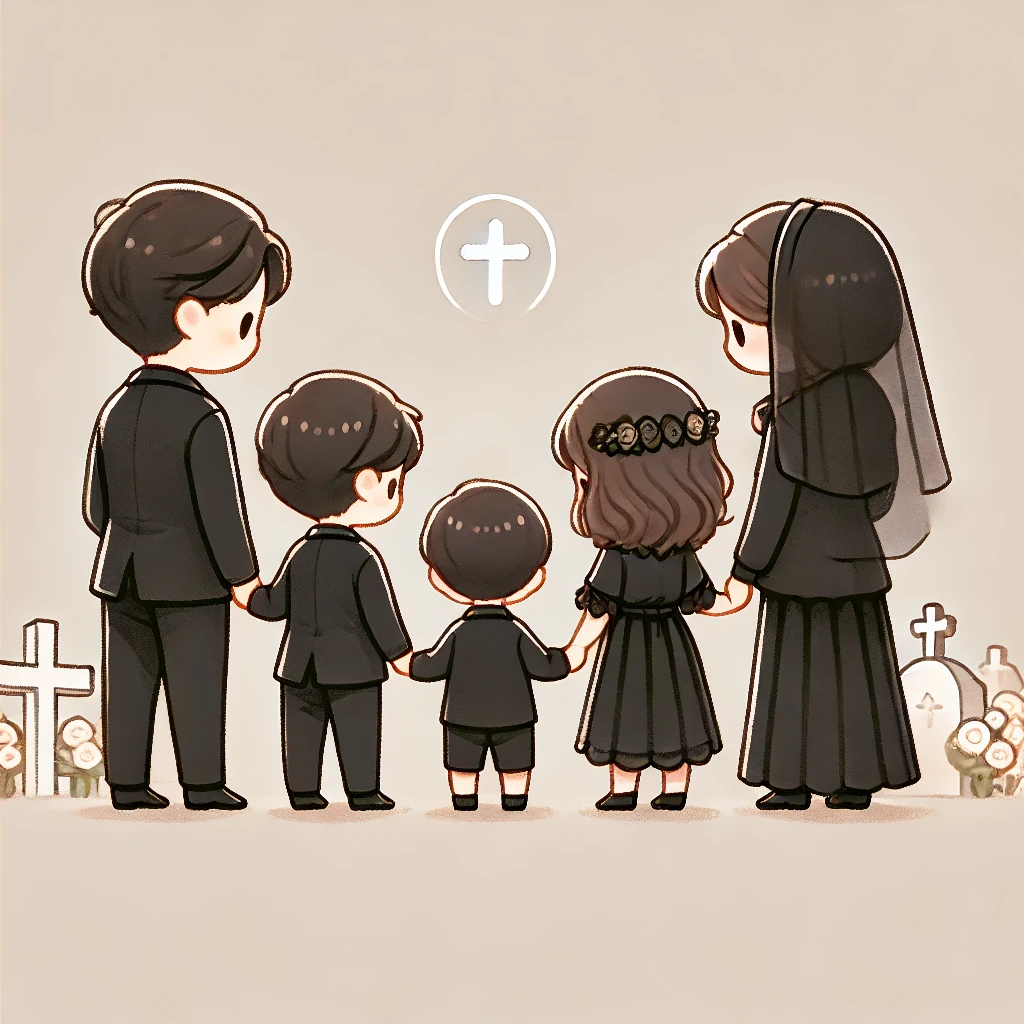
The Appeal and Future of Friend’s Funerals
- Shared Moments of Prayer and Unity
– The collective chanting of Nam-myoho-renge-kyo fosters a tangible sense of togetherness, transcending religious boundaries. - Personalized Tributes
– Slideshows, music, and creative presentations allow families and friends to honor the deceased in a way that captures their essence and individuality. - Bridging Different Faiths
– By focusing on universal themes of respect and remembrance, Friend’s Funerals naturally welcome people from various religious traditions. - Evolving Funeral Practices
– This style offers a modern, inclusive approach that may inspire future funeral customs to be more open and flexible.
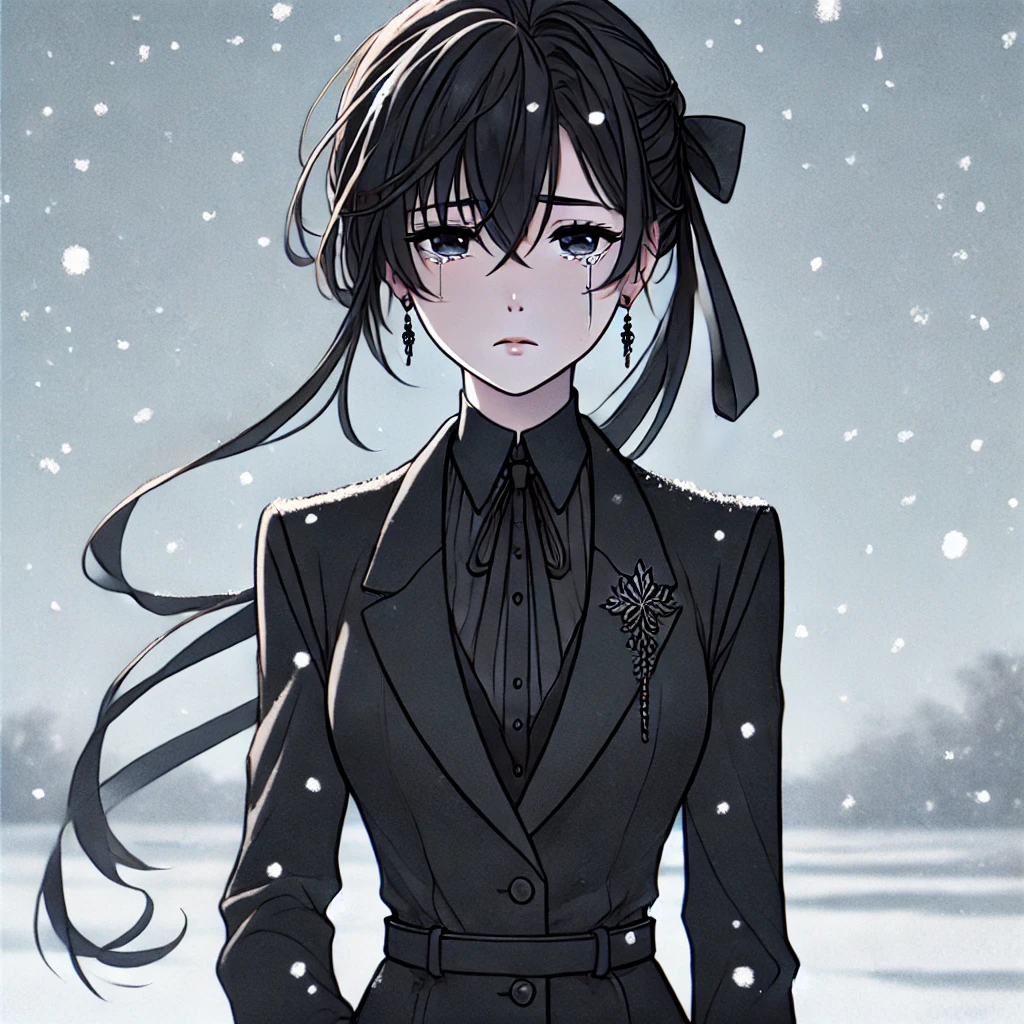
Conclusion
A Soka Gakkai Friend’s Funeral highlights the faith and accomplishments of the departed while providing a warm and inclusive environment for all attendees to pay their respects. Even if you belong to a different faith or are attending for the first time, understanding the basic flow and etiquette can help you participate comfortably and meaningfully.
With thoughtful preparations by the organizers—such as offering clear explanations and respecting personal choices—Friend’s Funerals transcend religious differences. Their welcoming nature and emphasis on togetherness often leave a lasting impression on everyone who attends.
As funeral customs continue to evolve, the Friend’s Funeral stands out as a heartfelt ceremony that honors the individual’s life and fosters bonds among diverse attendees. May it continue to serve as a way to bring people together in remembrance and mutual support.
